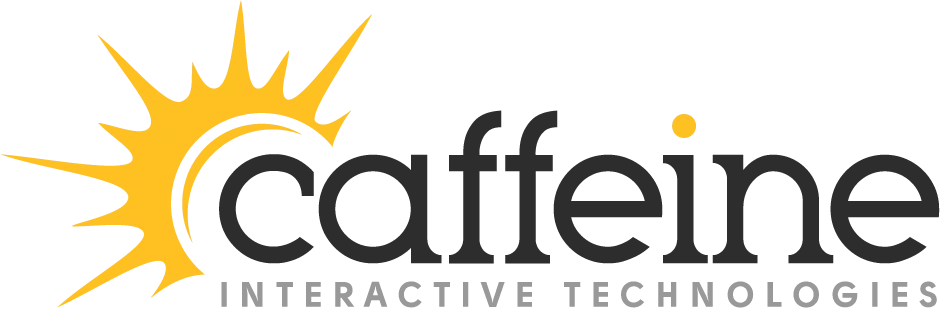When a visitor stops by your website your number one priority is to convert them to a customer. They become a customer by purchasing a product or service from your company. But, if they can’t find these things in a blink of an eye, they MOVE ON. Ideally, they’d use your navigation bar to read up on your products or find your physical location, among other things. This all needs to happen with the fewest clicks possible. Therefore, a key component of your homepage is the navigation bar
Your navigation bar should blend seamlessly into your overall website design and takes into account the habits of your site visitors. It may be time for you to redesign your site navigation with the following 6 rules in mind.
Include a Search
Our first point may sound contradictory to offering a navigation bar but we highly recommend that you also offer a search option. Instead of looking for the link, your site visitor can simply enter in their keyword, and search for the correct page. In fact some studies show that up to 30% of site visitors jump right to the search instead of browsing around first. Let’s try to keep as many visitors happy as we can! It is imperative that the search be in an obvious spot and that the results are accurate. No need to recreate the wheel here; there are plenty of options for site specific indexing services.
Location of Navigation
This one is simple: navigation bars along the left side of your page or horizontal at the top of your page are proven to be the most successful. Navigation links in the middle of your page or only at the bottom will be overlooked, missed, and worse, not used, resulting in a site visitor leaving without interacting.
Useful Navigation Labels are a Call to Action
This is a fun one. Did you know that your navigation labels are a part of SEO? Who do you know that searches for “Products”? More likely they search for “Fabric Scissors” or “Coffee Tables” so take this cue and rethink your navigation labels! Also, why not make them actionable? Instead of “Demo”, you could consider “Watch the Demo” or even “Request a Demo”. (See our other article on Calls to Action for more insight.) Another tip is to use highlighting to segment your navigation or even to change the color of the text for specific links. Consider a color to match a holiday link; the color will highlight the area and add to the urgency of completing a visitor’s purchase.
The Use of Drop Down Menus
To drop down or not to drop down, that is the question. The number of solutions offered may dictate your non-use of drop downs. There is no need to bury your solutions in a drop down if you only offer one. However, if you offer a bevy of solutions then a categorical solution may work best for your site visitors. What is clear is that if you decide that drop downs are necessary, the main category needs to also have a page that lists all the sub-categories. That way if a visitor is unsure if they want “Laser Printers” or “InkJet Printers” they can select the main category of “Printers” and read about the pros and cons of the different kinds.
Limited Choices
Navigation choices can’t be unlimited and shouldn’t be a lengthy list either. I know it is tempting to go the vertical approach and have a laundry list of options for the visitor to choose from along the left side. This isn’t ideal because it is overwhelming to the visitor and plays against you psychologically. (Research indicates that we only retain the first 8 items in a list.) One way to avoid this is to list sub-categories under multiple main categories.
The Order of the Choices
Psychological research tells us that items at the beginning and at the end of a list are retained more so than those listed in the middle. Take this finding and apply it to your navigation. What is most important to your visitors to your website: is it “Locations”, is it your “Solutions”, is it your “Open Job Postings” or is “Make a Payment”? Prioritize your list, putting the most important at the ends.
Conclusion
If you can find it, you can buy it. It really is that simple. Take these 6 tips:
- Offer a search bar,
- Put navigation bar along left side or at the top of the page,
- Use specific labels instead of broad terms,
- Use drop down menus when necessary,
- List your choices by category, and
- Order the most important items at the ends of your list.
See how you can redesign your website to improve on conversion rates and reduce bounce rates. Don’t forget to leave room to grow! It is inevitable that you will need to add in another link as your business grows. A little planning will prevent a major reorganization of your data when the time comes.
Would you like to decrease your bounce rate and increase your revenues? Caffeine Consulting is ready to help.
